-
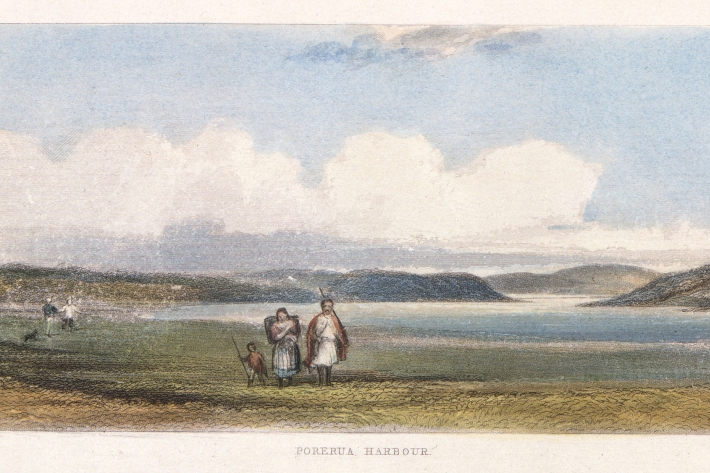
Warriors of the harbour: restoring estuarine health
Feature story15 November 2016Iwi has joined forces with councils and NIWA to restore an estuarine ecosystem to its former health. -
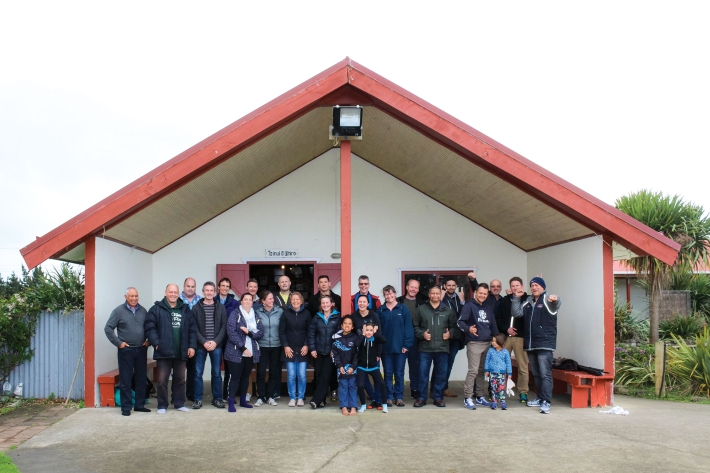
Partnering in research grows Māori economy
Feature story15 November 2016NIWA is working alongside Māori to develop gateways to science and technology partnerships that are helping grow the Māori economy. -
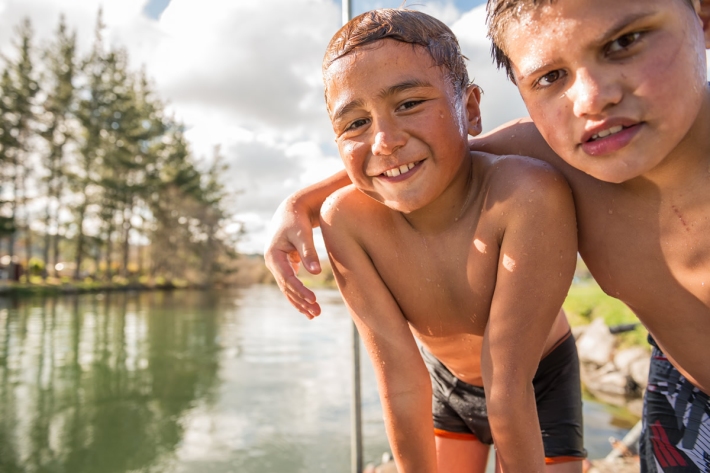
When things change
Feature story25 October 2016When you’ve spent a long time viewing something a particular way, it’s hard to recognise when it changes. -

Considered in collaboration: leading Māori environmental research
Feature story16 October 2016Marino Tahi is a man who speaks volumes between sentences. -
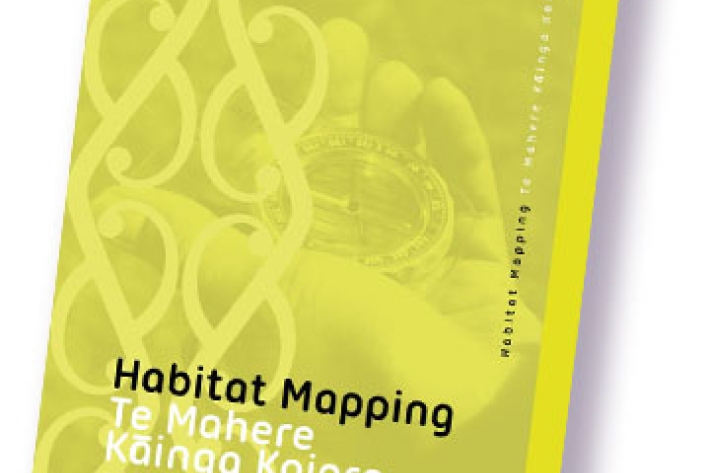
Te Mahere Kāinga Koiora - Habitat Mapping Module
This Habitat Mapping module will show you how to collect useful information to describe and monitor habitats in estuaries. -
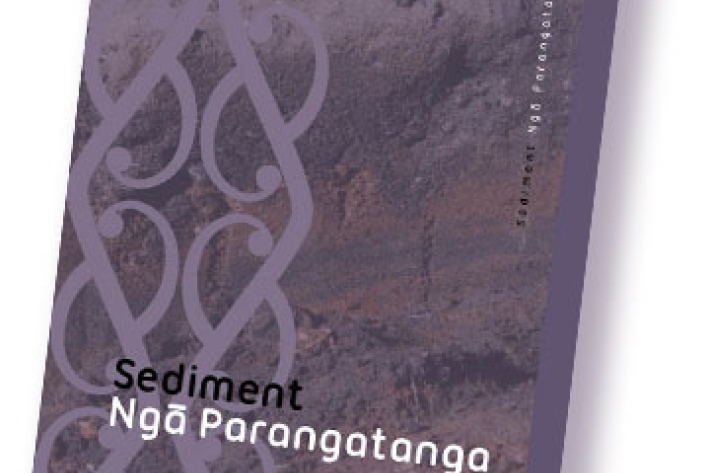
Ngā Parangatanga - Sediment Module
The type of sediment that is deposited in your estuary, be it mud or sand, and how quickly it is deposited, has a big influence on what your estuary will look like, how clear the water will be, and the types of plants and animals that can live in it. Download 7 guides for this module. -
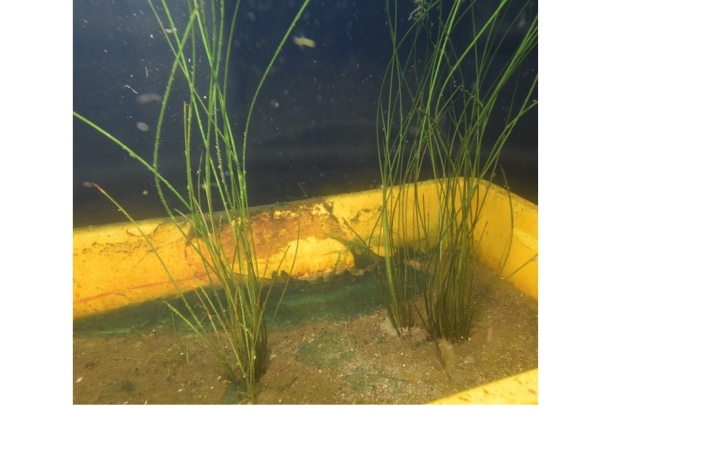
Recovering plants for reintroduction to Lake Ōmāpere
Research ProjectThree plants of an endemic submerged quillwort (Isoëtes) were recovered from Lake Ōmāpere by NIWA in 1998, prior to the lake weed (Egeria densa) dying off and the lake switching into an algal dominated turbid state. No further isoëtes plants have been observed in the lake since that time. -

References and further reading
References and further reading for Tuna - pressures on New Zealand populations. -

Tuna - public databases
There are a number of nationally available resources for the New Zealand public, institutions and companies who need access to well-maintained long-term data repositories. Some of these resources are listed here. -

Tuna - solutions: downstream passage for adult migrants at large barriers
Once eels reach sexual maturity they begin their downstream migration. -

Tuna - population concerns
As eels only spawn once before death, they require different management to other fish. -

Tuna - Aquaculture
On a global scale, market demand for eels as a foodstuff is high and declines in wild eel production mean that aquaculture is being put forward as a potential provider.
